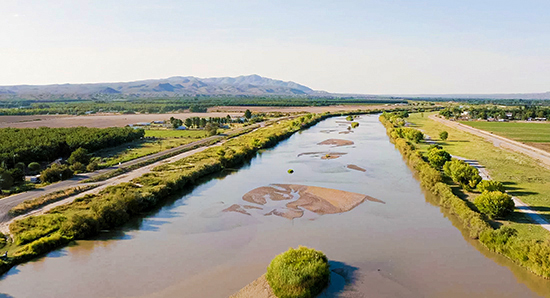NM WRRI Leads Stakeholder Process for The Rio Grande Project Drought Resiliency Effort
By Connie Maxwell, NM WRRI Research Scientist

The Rio Grande just north of Las Cruces during a summer irrigation water release. Image credit: LasCruces.com.
Drought and high temperatures are increasing aridity in the Lower Rio Grande region, leading to increasing water scarcity for local communities and reduced vegetation cover in upland watersheds. Water scarcity and reduced vegetation cover contribute to higher flooding, erosion, and sediment delivery in the river valley, which adversely affects infrastructure for agricultural water management and flood control. Changing river flows and groundwater levels increase water vulnerabilities and likely harm riparian vegetation health. Promoting projects that use stormwater to increase recharge of groundwater, reduce flooding and sediment impacts to infrastructure, and improve riparian habitat and watershed health will provide multiple benefits to the local community.
The Rio Grande Project Drought Resiliency Effort (DRE), represents a robust initiative, founded on cooperative agreements between the U.S. Bureau of Reclamation and the National Fish and Wildlife Foundation (NFWF), the New Mexico Interstate Stream Commission (ISC), and the Elephant Butte Irrigation District (EBID). The DRE initiative is developing and implementing various multi-benefit projects in the area from Elephant Butte Dam to the border of Texas and New Mexico that enhance the Rio Grande Project water supply to ensure continued access to water for municipal and irrigation use, enhance riparian habitat, decrease flooding of adjacent lands and channel sedimentation, and implement measures to build Project resilience under prolonged drought and aridification. NM WRRI has recently begun Phase I of a DRE project through a sub-award granted by the NFWF, titled the “NM WRRI-led Stakeholder Process” that will collaboratively assess the region, and prioritize and evaluate the DRE projects. Collaborative partners in the Stakeholder Process include the South Central New Mexico Stormwater Management Coalition, Doña Ana County Flood Commission, High Desert Native Plants, Caballo Soil & Water Conservation District, and the Doña Ana Soil & Water Conservation District.
The Stakeholder Process team will assess the overall region to identify project opportunities and evaluate the effects of those projects. Prior assessments have identified critical water and ecosystem dynamics in this region related to the issues raised by the DRE. This team will collaboratively appraise four key areas: (1) spatial watershed-scale restoration assessment, (2) surface and groundwater assessment, (3) riparian habitat assessment (with emphasis on riparian habitat for focal species), and (4) a system dynamics model assessment focused on the extent of projects needed to achieve targeted goals.
The Stakeholder Process team will organize working groups to support the project, and surveys will be issued to collect information across the region. The responses collected will aid in refining goals, identifying key issues, and determining project locations. Upcoming steps will include holding public evening meetings, disseminating surveys, and identifying local knowledge regarding critical needs and strategies for the region.
